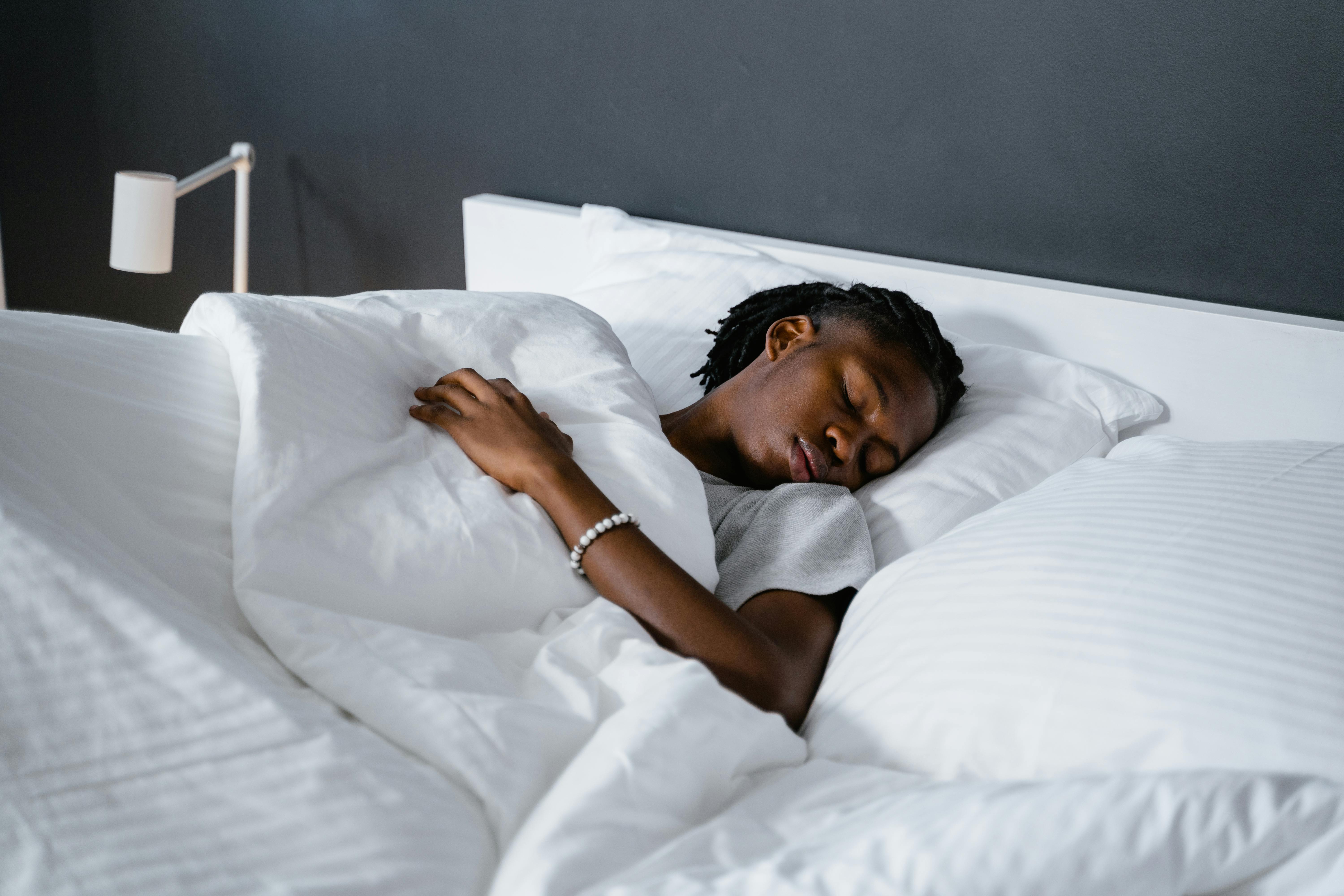
Monitor Your Sleep And Heart Health With Next-Gen Wearables
Modern wearables offer much more than simple step tracking. These devices now monitor your sleep patterns and heart activity with impressive accuracy. Wearers can put on a lightweight, stylish device before bed and wake up to a wealth of clear, useful information. Using advanced sensors, these wearables keep tabs on movement, skin temperature, and even blood flow throughout the night. The data collected then appears in easy-to-read charts, making it simple to understand your nightly rest and overall health in just a few minutes.
Manufacturers pack accelerometers, infrared lights, and electrodes into slim bracelets and rings. When you rest, these devices record shifts in your pulse and breathing. They distinguish light sleep from deep sleep, note interruptions, and map your overall rest. On the heart side, these devices detect irregular beats, track heart rate variability, and highlight zones where your heart works hardest.
Understanding Next-Gen Wearable Technology
Major brands work to improve how they measure sleep and heart signals. The Apple Watch Series 9 detects tiny changes in blood flow with its updated optical sensor. The Oura Ring Gen 3 uses infrared LEDs inside a slim band to assess heart rate variability. Meanwhile, Fitbit Charge 6 provides temperature trends alongside heart data. Each device draws from multiple data streams to improve accuracy.
Researchers conduct side-by-side tests to verify these readings. A recent university study showed that devices using optical sensors matched medical-grade monitors about 85 percent of the time for heart rate at rest. For sleep stages, accuracy was around 80 percent. These figures might seem imperfect, but wearables effectively identify broad patterns to help you develop better habits.
Tracking Sleep Patterns
Wearables break down rest into clear metrics. You no longer wonder whether you entered deep sleep. Instead, you see exact segments for each stage. Most devices sync easily with smartphone apps. They display your sleep trends over weeks so you can quickly see progress or dips.
This level of detail makes it easier to change your evening routine. You might discover that caffeine after 4 p.m. reduces your deep sleep time by 15 percent. Or that a cool room increases your time in restorative slow-wave sleep. With quantitative feedback, you can adjust lights, room temperature, and pre-sleep rituals to maximize rest.
- Sleep stages: light, deep, and REM phases mapped nightly
- Duration: total sleep time versus time in bed
- Consistency: regular sleep and wake-up times
- Sleep latency: how long it takes to fall asleep
- Interruptions: number and duration of awakenings
Monitoring Heart Health
Tracking heart signals involves more than counting beats per minute. Variability between heartbeats shows how well your nervous system responds to stress. A steady pattern indicates balance, while wide swings can suggest fatigue or illness. Wearables notify you when readings cross set thresholds.
Some models find irregular rhythms like atrial fibrillation. When the device detects a concern, you can export a report and share it with your doctor. Early detection of anomalies allows timely medical checks. A clear, concise report from your wearable can speed up diagnosis and guide treatment decisions.
Integrating Wearables into Your Daily Routine
Starting new habits with these devices requires a simple approach. Charge your wearable each morning while you shower. Put it on before you grab your coffee. Let it become part of your routine so it never feels like a chore. Wear it day and night to capture a full 24-hour cycle.
Sync your device with its companion app and set up daily summaries. Review data over a cup of tea. Focus on one metric each week—sleep consistency in week one, heart rate during exercise in week two. Gradually making adjustments helps you build momentum without feeling overwhelmed.
Best Practices and Tips
Setting clear goals turns raw data into practical steps. Aim for an average of seven to eight hours of sleep with fewer than two interruptions per night. Target a resting heart rate range that suits you, based on your age and fitness level. Track your progress weekly, not daily, to recognize real trends.
- Review trends each Sunday: compare weekly sleep and heart data to identify patterns.
- Change one habit at a time: adjust bedtime, screen use, or room temperature.
- Set gentle reminders: use vibration alerts to prepare for bed or wind down after dinner.
- Share insights with a healthcare professional: export heart reports for your doctor’s review.
- Combine data with other health information: log exercise, meals, and stress levels in one app.
Try small changes over two-week periods. Observe how comfort, diet, or activity adjustments affect your metrics. Fine-tune routines until you see consistent improvements. Small wins motivate you and help you develop lasting habits.
Wearing a sleep and heart monitor daily provides clear data to improve your routines and detect issues early. Next-generation wearables make health monitoring practical and straightforward.